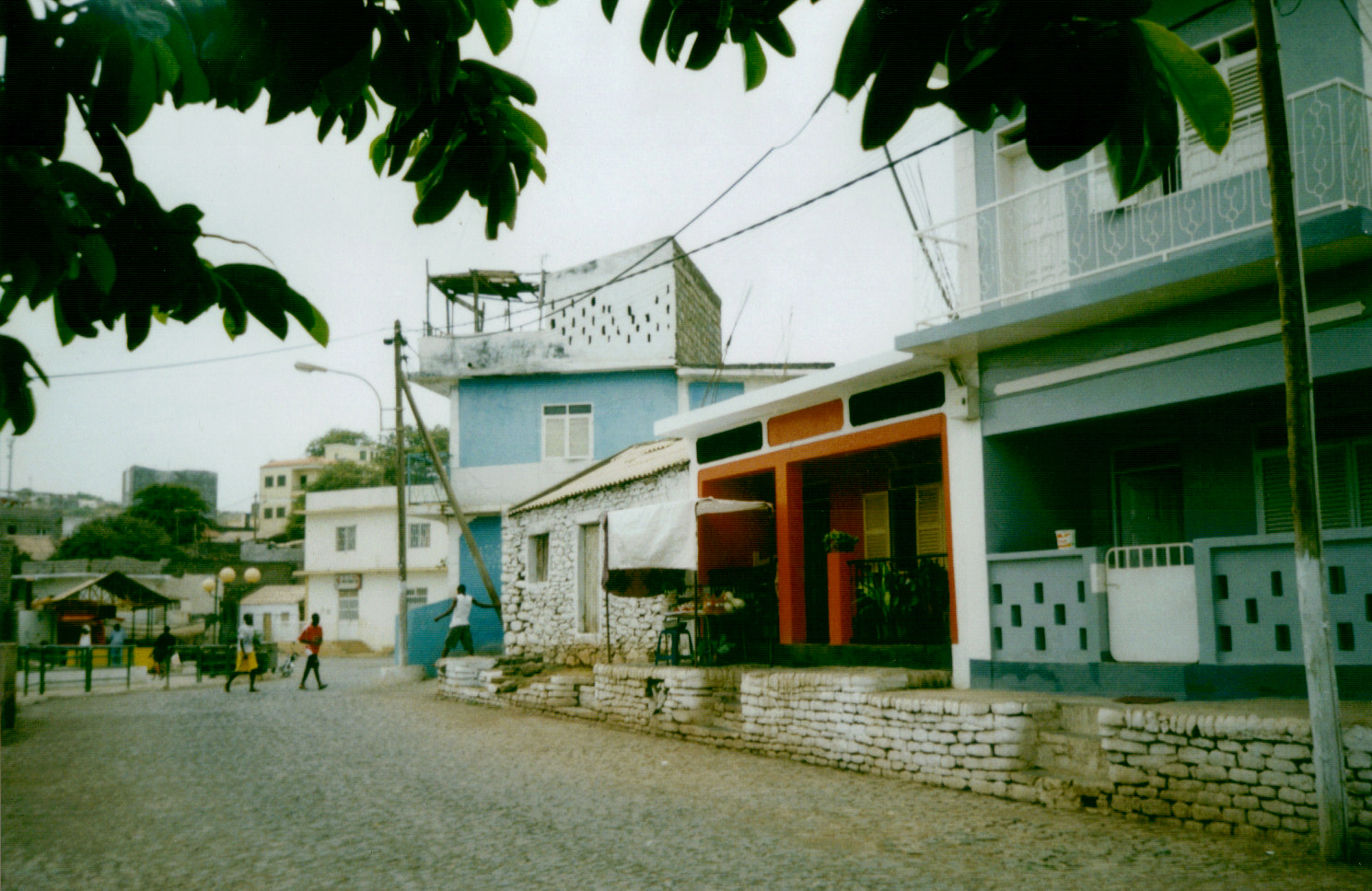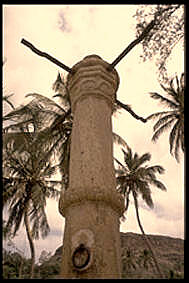|
Cancelo, Cape Verde . In 2010 its population was 2,042.
Cancelo is a settlement in the eastern part of the island of Santiago, Cape Verde. It is part of the municipality Santa Cruz. It is situated near the east coast, 4 km northwest of Pedra Badejo and 5 km southeast of Calheta de São Miguel Calheta de São Miguel is a cityCabo Verde, Statistical Ye ... References {{Subdivisions of Santiago, Cape Verde Villages and settlements in Santiago, Cape Verde Populated coastal places in Cape Verde[...More Info...] [...Related Items...] OR: [Wikipedia] [Google] [Baidu] |
Santiago, Cape Verde
Santiago (Portuguese language, Portuguese for “James, son of Zebedee, Saint James”) is the largest island of Cape Verde, its most important agricultural centre and home to half the nation's population. Part of the Sotavento Islands, it lies between the islands of Maio, Cape Verde, Maio ( to the east) and Fogo, Cape Verde, Fogo ( to the west). It was the first of the islands to be settled: the town of Ribeira Grande (now Cidade Velha and a UNESCO World Heritage Site) was founded in 1462. Santiago is home to the nation's capital city of Praia. History The eastern side of the nearby island of Fogo, Cape Verde, Fogo collapsed into the ocean 73,000 years ago, creating a tsunami high which struck Santiago. In 1460, António de Noli became the first to visit the island. Da Noli settled at ''Ribeira Grande'' (now Cidade Velha) with his family members and Portuguese from Algarve and Alentejo in 1462. [...More Info...] [...Related Items...] OR: [Wikipedia] [Google] [Baidu] |
Cape Verde
Cape Verde or Cabo Verde, officially the Republic of Cabo Verde, is an island country and archipelagic state of West Africa in the central Atlantic Ocean, consisting of ten volcanic islands with a combined land area of about . These islands lie between west of Cap-Vert, the westernmost point of continental Africa. The List of islands of Cape Verde, Cape Verde islands form part of the Macaronesia ecoregion, along with the Azores, the Canary Islands, Madeira and the Savage Isles. The Cape Verde archipelago was uninhabited until the 15th century, when Portuguese Empire, Portuguese explorers colonized the islands, establishing one of the first Age of Discovery, European settlements in the tropics. Due to its strategic position, Cape Verde became a significant location in the Atlantic slave trade, transatlantic slave trade during the 16th and 17th centuries. The islands experienced economic growth during this period, driven by their role by the rapid emergence of merchants, priva ... [...More Info...] [...Related Items...] OR: [Wikipedia] [Google] [Baidu] |
Santa Cruz, Cape Verde
Santa Cruz is a ''concelho'' (municipality) of Cape Verde. It is situated in the eastern part of the island of Santiago. Its seat is the city Pedra Badejo. Its population was 26,617 at the 2010 census, and its area is 112.2 km2. Economy Its economy is based in agriculture, in which rural population produces agricultural commodities for export to larger markets in Praia, Assomada and Fogo. Small market centers exist in São Lourenço dos Órgãos and Pedra Badejo, which act primary as commodity exchanges where subsistence farmers exchange goods as available with merchants who transport and sell goods in larger markets. The primary agricultural productions include fodder (usually in the form of maize stalks), bananas, papayas and coconuts. Prior to 1981 the area also produced a substantial percentage of the island's maize, but the arrival of large-scale international food aid, while vastly improving the region’s food security, made producing foodstuffs unprofitable. Maize a ... [...More Info...] [...Related Items...] OR: [Wikipedia] [Google] [Baidu] |
Pedra Badejo
Pedra Badejo is a cityCabo Verde, Statistical Yearbook 2015 Instituto Nacional de Estatística (Cape Verde), Instituto Nacional de Estatística, p. 32-33 in the eastern part of the island of Santiago, Cape Verde, Santiago, Cape Verde. It is on the east coast, north of the island capital Praia, southeast of Calheta de São Miguel and east of Assomada. It is the seat of Santa Cruz, Cape Verde, Santa Cruz municipality. At the 2010 census, the town had 9,859 inhabitants.  [...More Info...] [...Related Items...] OR: [Wikipedia] [Google] [Baidu] |
Calheta De São Miguel
Calheta de São Miguel is a cityCabo Verde, Statistical Yearbook 2015 Instituto Nacional de Estatística, p. 32-33 in the northern part of the island of , . In 2010 its population was 3,175. It is on the east coast, north of the capital Praia
[...More Info...] [...Related Items...] OR: [Wikipedia] [Google] [Baidu] |
Villages And Settlements In Santiago, Cape Verde
A village is a human settlement or Residential community, community, larger than a hamlet (place), hamlet but smaller than a town with a population typically ranging from a few hundred to a few thousand. Although villages are often located in rural areas, the term urban village is also applied to certain urban neighborhoods. Villages are normally permanent, with fixed dwellings; however, transient villages can occur. Further, the dwellings of a village are fairly close to one another, not scattered broadly over the landscape, as a dispersed settlement. In the past, villages were a usual form of community for societies that practice subsistence agriculture and also for some non-agricultural societies. In Great Britain, a hamlet earned the right to be called a village when it built a Church (building), church. [...More Info...] [...Related Items...] OR: [Wikipedia] [Google] [Baidu] |
Populated Coastal Places In Cape Verde
Population is a set of humans or other organisms in a given region or area. Governments conduct a census to quantify the resident population size within a given jurisdiction. The term is also applied to non-human animals, microorganisms, and plants, and has specific uses within such fields as ecology and genetics. Etymology The word ''population'' is derived from the Late Latin ''populatio'' (a people, a multitude), which itself is derived from the Latin word ''populus'' (a people). Use of the term Social sciences In sociology and population geography, population refers to a group of human beings with some predefined feature in common, such as location, race, ethnicity, nationality, or religion. Ecology In ecology, a population is a group of organisms of the same species which inhabit the same geographical area and are capable of interbreeding. The area of a sexual population is the area where interbreeding is possible between any opposite-sex pair within the area ... [...More Info...] [...Related Items...] OR: [Wikipedia] [Google] [Baidu] |


